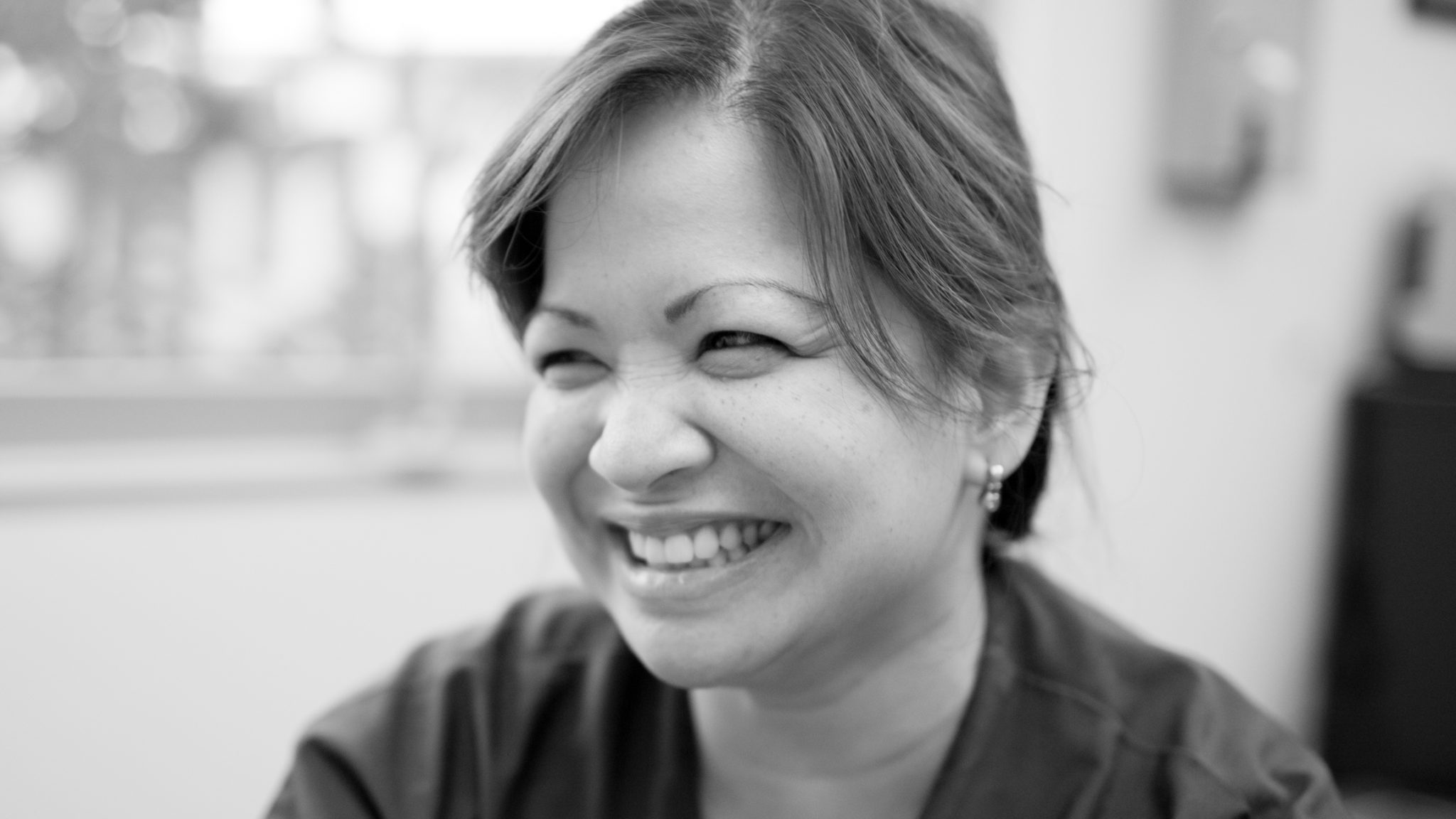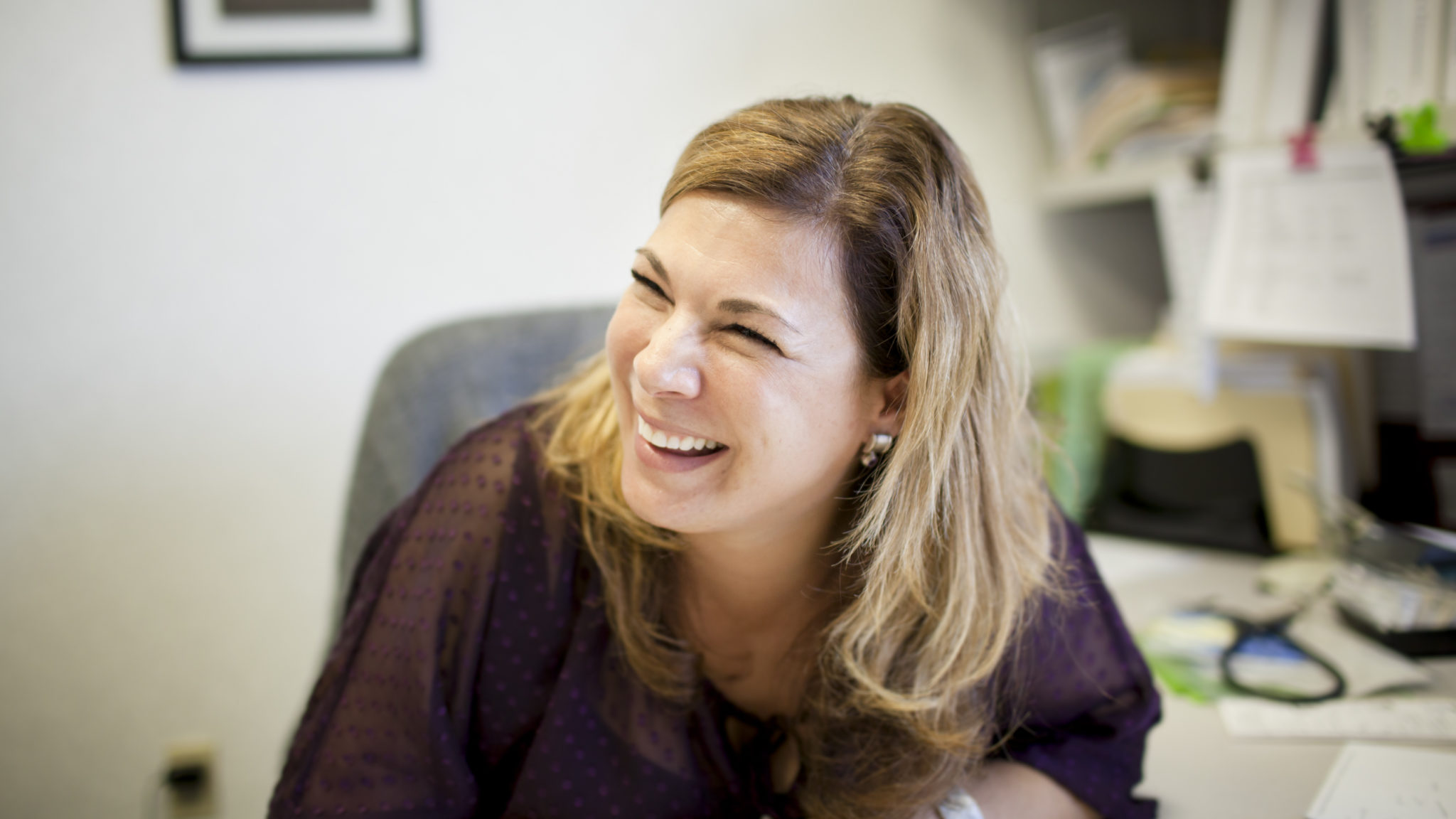Jeff Bell, at his annual seminar for the LPC Psychology Department, told the story of when he knew he needed to get help for his obsessive-compulsive disorder.
Every time his car went over a pothole, Bell would imagine a dead body under his tires. He’d come to a complete stop and hear his heart race. He would get out of the car, frantic, searching for the person he was sure he had run over.
What if I killed them? What if their body is on the side of the road?
Bell would spend hours on the side of the road checking and rechecking for a body. He’d get back into his car and drive in circles, trying, again, to find the body.
Once, he got a call to rush to the hospital. His daughter had a fever of 107 degrees. He was terrified. On his way to the hospital, the car clipped the curb. He stopped the car and got out. Bell started searching – for a body he was certain he hit but couldn’t find – at that moment, the search mattered more to him than his sick daughter.
“After putting my disorder above my family,” Bell said, “I went to my psychiatrist the next day and admitted to her I was ready to do the work.”
Hollywood has portrayed OCD as people with anal personalities and strange quirks. Television shows and characters in movies can make this condition seem almost adorable. But Bell dispelled those myths at Las Positas College on Feb. 1. The way he laid it out, OCD sounded more excruciating than charming.
Before an audience of some 60 people in the Psychology Club room – 1060 – Bell used his personal journey to “becoming normal” in a discussion about the reality of OCD and those who suffer from it.
Bell — a nationally recognized author, mental health advocate and spokesperson for the International OCD Foundation — said over the years, people have misunderstood the diagnosis of OCD and given it a new definition. As a result, people think color-coded closets and stepping-on-cracks-related paranoia are the worst of OCD.
Bell defined OCD as “a combination of environmental and genetic behaviors that leaves you with an obsessive thought and a compulsive action.” In simpler terms, he said all OCD cases have a common, simple what-if question that circles the mind over and over. It’s like the feeling of needing to scrub your hands to get all the dirt off, then going back to wash again because, what if I didn’t get it all?
What if I didn’t set my parking brake? What if I forgot to authorize the check, and my family becomes homeless? Things like that.
One of the other issues of the “Hollywoodification” of OCD is that many people without OCD believe they have it. People who worry that if they can’t remember if they turned the lights off downstairs, locked the car, or if they can’t remember the word on the tip of their tongue…they have it. What’s the threshold between normal overthinking and OCD? These days, people claim they have OCD almost proudly, not fully understanding the seriousness of the condition or the suffering of the people experiencing it.
“There are many different forms of OCD,” Bell said, “but the most commonly known are perfectionism, losing control, skepticism, and germaphobes.”
OCD can appear at any time, but according to the International OCD Foundation, it typically occurs during two age ranges: between 8 and 12 and between the late teen years and early adulthood.
Bell said he was about 8 years old in his earliest memories of having OCD. He was in downtown San Bruno when a boy called out to him from a moving car. For the life of him, Bell couldn’t figure out who was waving. He was fixated on why he couldn’t remember who waved to him from a car window. Bell said that for weeks, he asked around school and his family members if they caught a glimpse of the boy from the car. Bell would come to be known by his family as “the boy who worries when there’s nothing to worry about.”
But Bell said his high school and college years were “OCD-free.”
The International OCD Foundation estimates between 2 and 3 million adults currently have OCD, plus another approximately 500,000 children.
The pandemic seems to have made it worse for OCD sufferers, and it even created new ones. According to a 2021 study published in the National Library of Medicine by the National Center for Biotechnology Information, somewhere between 20 and 65 percent of cases reported their symptoms worsening during the pandemic. OCD sufferers with contamination fears were especially vulnerable.
The rise was particularly noticeable among young adults. The percentage of college students reporting an OCD diagnosis increased by 4 to 6 percent between 2019 and 2022 — basically, post-pandemic — according to the fall 2022 report from the National College Health Assessment. There’s also been a 6.4 percent increase in the percentage of diagnosed college students who had seen a healthcare provider in the past 12 months. Nearly 15 percent of transgender or gender non-conforming college students (14.6 percent) have been diagnosed with OCD at some point. Among cisgender women in college, 7.4 percent have been diagnosed, with 2.8 percent for cisgender men.
Those are just the statistics of the diagnosed.
Students who have untreated OCD are likely to have a very difficult time concentrating in the classroom and completing homework assignments, according to “OCD at School,” as published on the website of the Anxiety and Depression Association of America. They can’t seem to focus on discussions or presentations because of their stubborn-urge behaviors.
Bell recommends Cognitive Behavioral Therapy. It’s a treatment that requires sufferers to sit with their fears and not act on them. For someone with OCD, it’s as simple as looking at a messy desk and not organizing. Or worrying about if the garage was left open but not driving back home to check.
Bell saw many psychiatrists and pleaded for their answer on how to fix him, how to make his life “normal.”
“I stopped talking about those “normal years,” but there is no such thing as normal,” Bell said, referring to his “OCD-free” high school and college years.
At the end of his lecture, Bell reminded his audience that, actually, there is no such thing as normal – no such thing as a typical OCD story.




